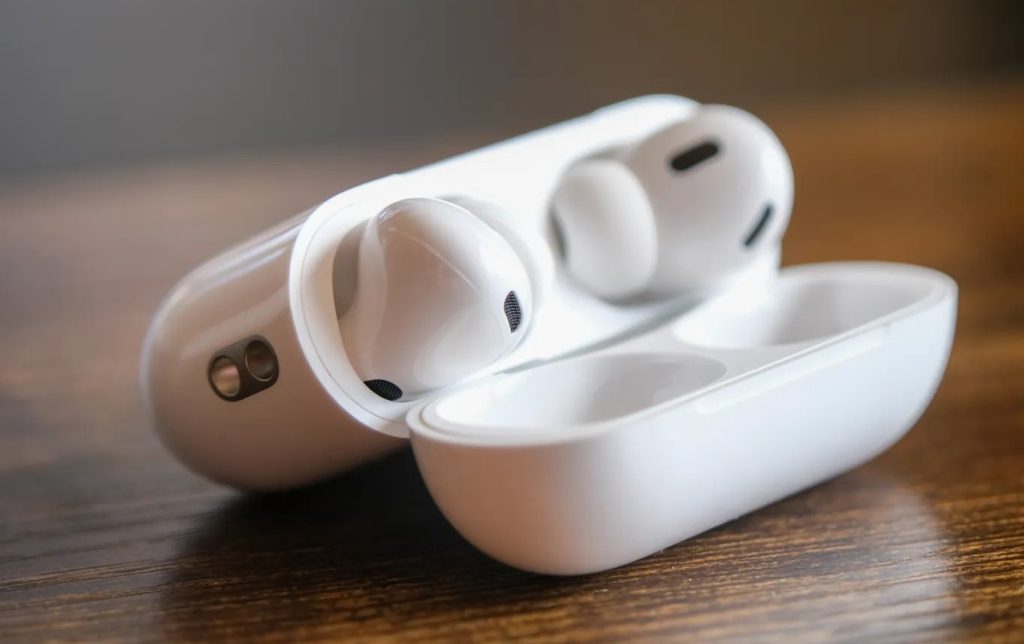Unlike most products, AEDs may be unused for long periods of time before they are needed during an emergency. And, when an AED needs to be used, it is usually during a life-or-death situation that happens suddenly and without warning! If an AED isn’t properly maintained, the consequences can be tragic. Without receiving ongoing maintenance, […]
Month: October 2024
Qualcomm just announced the upgrade of the Snapdragon 8 Elite processor, which should run the best Android phones that launch next year. It appears that the new chip will also support major software updates for quite some time. During the recent Snapdragon Summit, Chris Patrick, Qualcomm’s SVP and GM Mobile Handset, announced to assembled journalists […]
Qualcomm debuted its Snapdragon 8 Elite chipset at Snapdragon Summit 2024, and various phone makers have since come forward to confirm that their upcoming flagships will be powered by the all-new (and all-powerful) mobile platform. Both Xiaomi and Honor joined Qualcomm CEO Cristiano Amon on stage in Hawaii to announce that the Xiaomi 15 and Honor Magic 7 series, […]
As weather conditions change with the approach of winter, drone enthusiasts are presented with unique challenges when taking to the skies. As winter blankets the landscape with its icy embrace, The cold temperatures, snow, and icy conditions can pose significant risks to the drone and the operator. Although it’s not advisable to fly in extreme […]
Getting your hand son the brand-new DJI Air 3S might be trickier than anticipated as the company is having issues importing its latest drone to the US. For the time being, it might only be possible to purchase the drone from DJI.com directly, not through any third-party stores. This isn’t anything to do with the ban bill […]
Apple announced a trio of major new hearing health features for the AirPods Pro 2 in September, including clinical-grade hearing aid functionality, a hearing test, and more robust hearing protection. All three will roll out next week with the release of iOS 18.1, and they could mark a watershed moment for hearing health awareness. Apple is about […]

